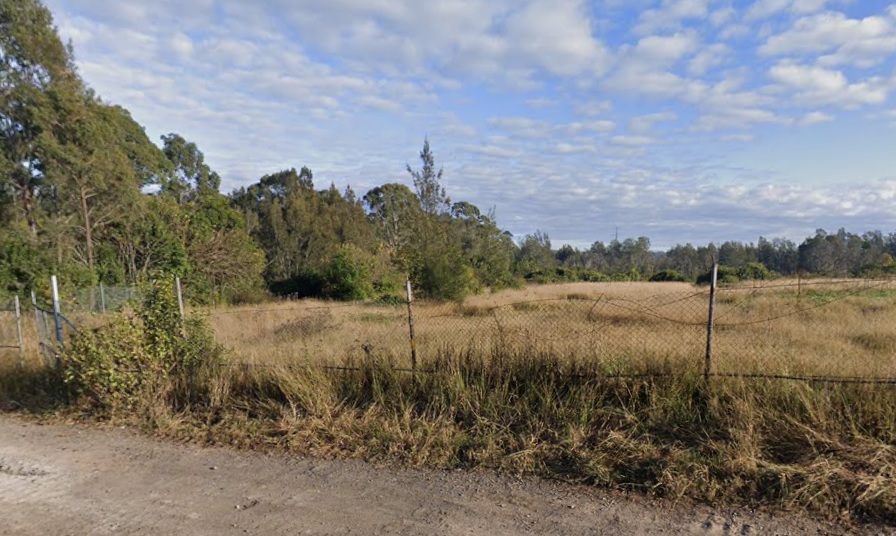| The Kings constructed two homesteads on their grants. Dunheved was constructed on land granted to the wife of the Governor, Anna Josepha King and situated to the east of South Creek and Elizabeth Farm was located west of the creek. Both dwellings date from c 1807, although it is likely that two homestead dwellings were built during the life of Dunheved. The first homestead at Dunheved is documented in drawings by family members and Conrad Martins, who had been on the Beagle with Philip Gidley King 1826-30, as being a twin gabled timber, possibly slab or weatherboard, construction with a shingle roof. The second Dunheved homestead appears in a 1920s photograph showing a corrugated iron roof, front verandah, side timber wall, French doors at front and double hung six pane windows on the side. On the Dunheved archaeological site the homestead appears to be a brick building on stone foundations that was surrounded by a verandah. The Dunheved complex included an observatory, stables and coach house. In addition to the main house, there was a three roomed cottage, store room and pantry, kitchen, dairy, farm storeroom, servants’ cottage with a garden and a carriage road. There were also workers huts for the gardener, blacksmith, ploughman and head groom. Dunheved and its evolution are well documented in drawings and photographs and surviving family letters. Farming activities at Dunheved included horse breeding, raising poultry, geese, turkeys and donkeys as well as the establishment of 100 orchard trees including orange and lemon trees and a vegetable garden. While Governor King never lived at St Mary’s his eldest son, Phillip Parker King and his wife Harriett used Dunheved from 1827-32 as their family residence. In 1941 the Dunheved buildings consisted of a brick cottage with seven or so rooms, numerous weatherboard outbuildings and large slab sheds. After Elizabeth Farm was resumed by the Commonwealth in 1942, the eastern area called The Lawn was leased to E Yapp for grazing. During World War II, the Commonwealth Government reserved the land for the development of the munitions factory and the site became one of fifty Government factories built for wartime production. From 1941 the main Dunheved house was used as a depot for surveyors and engineers working on the construction of the ADI munitions factory. Dunheved was demolished in 1947. |
 |
||||||||||||||||||||||||
|
  |
